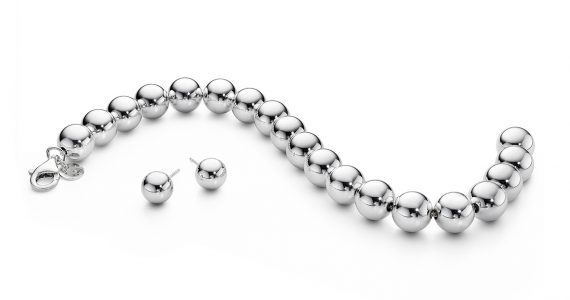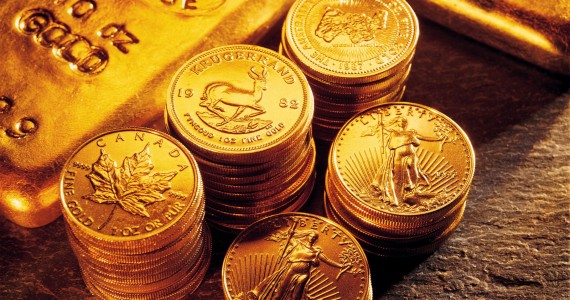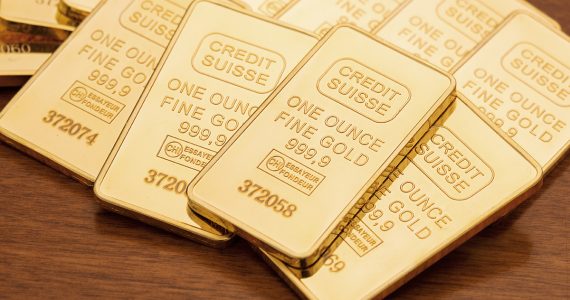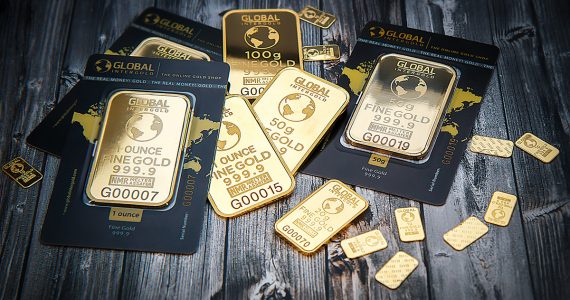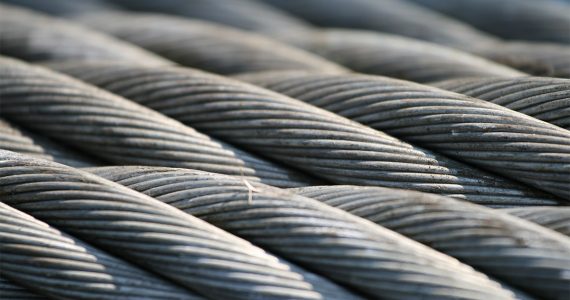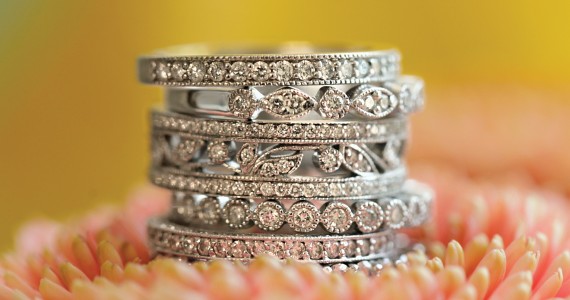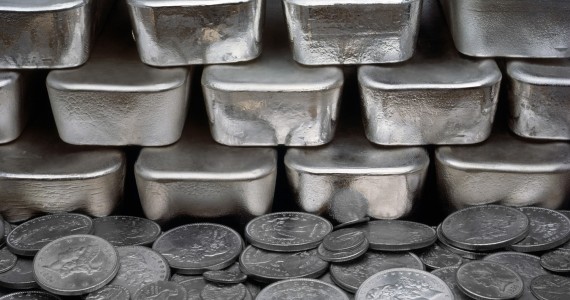Known for its striking appearance, cobalt is situated in the middle of the Periodic Table. This transition metal has long been utilized as a pigment, but its functions have increased the past few years. Nowadays it is common for this metallic element to be used in cancer treatment, turbines and magnets.
Properties
Pure cobalt is brittle and has a silver blue color. It has some similarity to nickel and iron as it can be turned magnetic. If cobalt is used in magnetic form it can be used to generate powerful magnets similar to those made from aluminum and nickel.
Cobalt 60 is an artificially created isotope that is now included in cancer treatments. This radioactive isotope produces gamma rays that can treat tumors, in particular brain tumors that demand accurate treatment.
Co-59 is the only stable isotope in cobalt, but radioactive cobalt naturally occurs as well. In August 2014, cobalt 56 was discovered in SN2014J, a supernova (exploding star) some 11 million light years away. According to the physicists that discovered the cobalt, the star produces 60% of the sun’s mass in the newly discovered isotope.
The study was published in Nature where the report further stated the isotope has a 77 day half life and eventually decays to iron 56.
Other Facts about Cobalt
The Jefferson National Linear Accelerator Laboratory has uncovered a lot of interesting facts about this metal. It has an atomic number of 27 and has been assigned the atomic symbol Co in the Periodic Table.
Research has shown that the atom’s average mass or atomic weight is 58.933195 and has a density of 8.86 grams per cubic cm. The most common isotopes in cobalt is Co59 and has 8 isotopes, one being stable.
Scientists have also determined that cobalt has a boiling point of 2927 C / 5301 F and the melting point is 1,495 degrees Celsius or 2723 F. The phase is solid at room temperature.
Since its discovery, scientists have learned a lot more about cobalt and its importance. For instance, cobalt is a vital trace nutrient. It comprises the main part of vitamin B12 which is crucial for blood and ensure the nervous system functions properly.
Cobalt has many functions as is, but it can be combined with nickel to constitute the skin of MagnetoSperm. These are small robots created in 2014 used for magnetic field research. The robots got their name due to their wriggling movements when interacting with the magnetic field.
In 2010, researchers in Germany used cobalt to take images of an atom spin charge. A spin charge refers to the electrons’ angular momentum as it spins around a nucleus.
Cobalt in Ancient Times
The name cobalt is taken from a German word “kobold” meaning goblin. During the medieval age, German miners believed that it caused a lot of trouble since its ore produced vapors that were toxic.
During ancient times cobalt salts were used by ancient Chinese pottery makers to enhance their creations, giving the pots a nice blue hue. Other ancient civilizations also used cobalt but may not have realized what type of metal they were working with.
Researchers have discovered that cobalt blue glass beads existed as far back as 3400 years ago after it was found on a grave in Denmark. Cobalt glass was also used in tombs at ancient Egypt including King Tut. The fact that both countries used the same metal strongly suggests there was trading going on back then.
As this article has shown, cobalt now has a lot more uses today. But its application in pigments in still going strong. As per Nature Chemistry, 30% of the cobalt produced yearly goes to the paint and ceramic industries. It can also be used for magnetism up to 1,121 C or 2049 F.
Discovery
While cobalt has been used for thousands of years, it was only in the 1730s when the metal was uncovered and scientists agreed that it was a new metal. Prior to the 1730s, the metal pigments were called safflor or smalt, and people back then thought these were parts of arsenic, iron, copper and bismuth.
However Swedish scientist George Brand obtained an unknown metal from one of his family’s mines. Brandt examined the metal and noted that its unique properties. He discovered its magnetic properties and noted it turned red when it dissolves in ammonia.
Because of the belief that these were part of iron and other metals, scientists at the time rejected Brandt’s discovery. They were still debating in the 1760s. However in 1780 the Swedish scientist Torbern Bergman finally conducted another study that verified Brandt’s discovery.
Conclusion
While cobalt is still used for pigmentation, there is a lot more to this metal now than what was once thought possible. Currently there are studies ongoing to determine its application in other technologies, and that says a lot abut this metal’s versatility.


